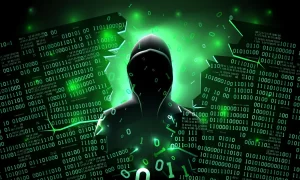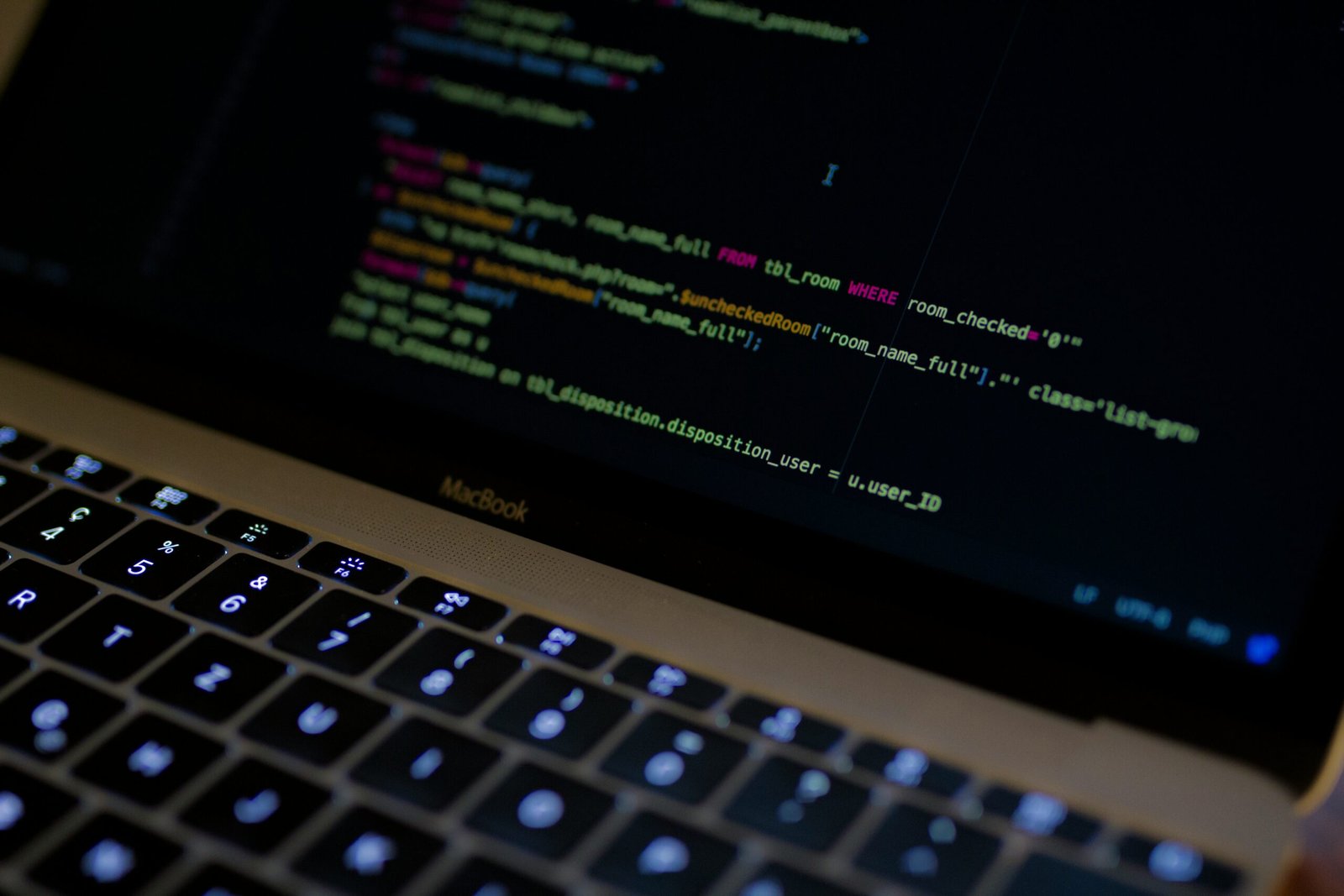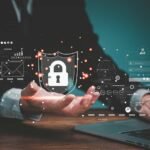Cybersecurity in the Era of Remote Work
/ /
The global shift towards remote work has brought about new opportunities and challenges, particularly in the realm of cybersecurity. As employees work from home or remote locations, organizations face increased risks and vulnerabilities. In this blog post, we explore the importance of cybersecurity in the era of remote work, discussing key considerations, best practices, and strategies to safeguard sensitive data in a borderless environment.
- The Changing Landscape of Remote Work: Discuss the rapid transition to remote work and its impact on cybersecurity. Address the challenges organizations face when securing remote work environments, including the use of personal devices, unsecured networks, and increased reliance on cloud-based services.
- Risk Assessment and Security Awareness: Highlight the significance of conducting risk assessments and educating employees about cybersecurity best practices. Discuss the importance of raising awareness regarding phishing attacks, social engineering, and other common cyber threats. Provide tips for employees to maintain good cybersecurity hygiene while working remotely.
- Securing Home Networks: Address the vulnerabilities associated with home networks and provide guidance on securing them effectively. Discuss the importance of using strong and unique passwords, enabling firewalls, and keeping router firmware up to date. Explain the risks of IoT devices connected to home networks and ways to mitigate them.
- Remote Access and Authentication: Discuss secure remote access methods, including virtual private networks (VPNs) and multi-factor authentication (MFA). Highlight the importance of utilizing strong passwords and implementing MFA to protect against unauthorized access. Address the risks associated with unsecured public Wi-Fi networks and provide guidelines for secure connectivity.
- Data Protection and Encryption: Emphasize the importance of data protection and encryption in remote work environments. Discuss the use of encryption for sensitive data in transit and at rest. Address the role of data loss prevention (DLP) tools and policies in preventing data leaks or unauthorized access to sensitive information.
- Patching and Software Updates: Highlight the significance of regularly updating software and applications on remote devices. Discuss the risks associated with unpatched vulnerabilities and the importance of automatic updates. Provide guidance on enabling automatic updates and patch management practices to ensure devices are protected against known vulnerabilities.
- Employee Training and Incident Response: Discuss the importance of ongoing employee training programs and incident response plans. Address the need for employees to understand how to identify and report potential security incidents. Emphasize the importance of having a well-defined incident response plan to address and mitigate cybersecurity incidents promptly.
- Collaborative Security Culture: Highlight the role of collaboration and shared responsibility in maintaining a strong cybersecurity posture. Encourage organizations to foster a culture of cybersecurity awareness and promote open communication channels for reporting potential threats or vulnerabilities. Discuss the benefits of encouraging employees to actively participate in maintaining a secure remote work environment.
Posted in Blogs































